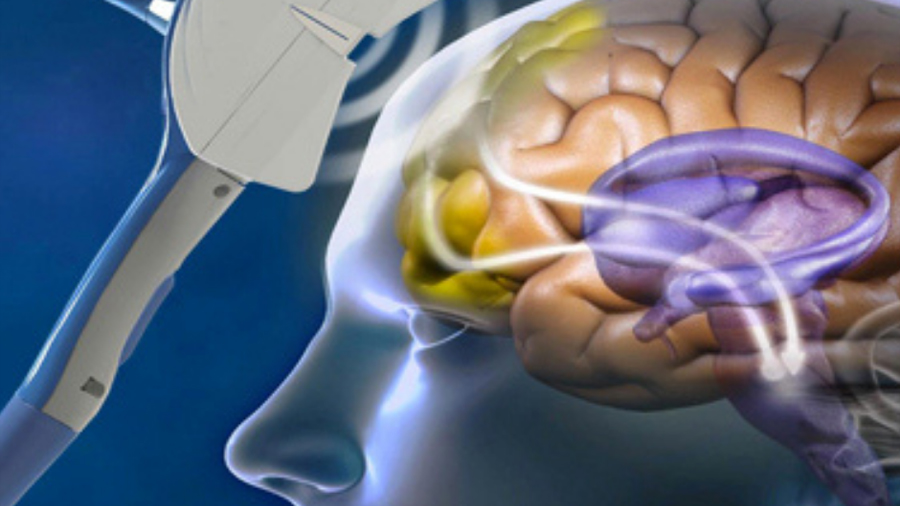
Key points about TMS for depression
Transcranial Magnetic Stimulation (TMS) is a non-invasive medical procedure used to treat various neurological and psychiatric conditions, including depression. It involves the use of electromagnetic coils to generate focused magnetic pulses that stimulate specific regions of the brain.
Here are some key points about TMS for depression:
1. Treatment Target: TMS is primarily used for individuals who have not responded well to traditional treatments for depression, such as medications or psychotherapy. It is often considered when other options have proven ineffective or have caused intolerable side effects.
2. Mechanism of Action: The exact mechanism of how TMS works to alleviate depression is not fully understood. However, it is believed that the magnetic pulses stimulate neural activity in the prefrontal cortex, which is an area of the brain associated with mood regulation.
3. Procedure: During a TMS session, the patient sits in a comfortable chair, and an electromagnetic coil is placed on their scalp near the forehead. The coil generates magnetic pulses that induce electrical currents in the brain tissue beneath it. These pulses are typically administered in a repetitive pattern, known as repetitive TMS (rTMS).
4. Frequency and Duration: The frequency and duration of TMS treatments can vary depending on the specific protocol and the patient's individual needs. Typically, a course of TMS treatment involves daily sessions over several weeks, with each session lasting approximately 20-40 minutes.
5. Side Effects: TMS is generally considered safe and well-tolerated. Common side effects are usually mild and may include scalp discomfort or headache at the treatment site. These side effects tend to be temporary and diminish over time.
6. Efficacy: TMS has been shown to be effective in reducing depressive symptoms in some individuals, particularly those with treatment-resistant depression. However, its effectiveness can vary from person to person. It is essential to discuss the potential benefits and risks with a healthcare provider.
7. Maintenance and Relapse: After an initial course of TMS, some individuals may require maintenance sessions to sustain the therapeutic effects. Depression can be a recurrent condition, and ongoing management may be necessary.
8. Cost and Accessibility: TMS is a specialized treatment and may not be available at all healthcare facilities. The cost of TMS can vary depending on factors such as location and insurance coverage. Most of the insurance companies cover TMS services. It is important to check with your healthcare provider and insurance company for specific information regarding costs and accessibility.
9. Consultation: If you are interested in TMS as a treatment option for depression, it is essential to consult with a qualified mental health professional who can assess your individual situation and determine whether TMS is an appropriate treatment choice for you.
Keep in mind that while TMS can be beneficial for some individuals with depression, it is not a one-size-fits-all solution, and its effectiveness may vary from person to person. It is crucial to work closely with healthcare professionals to explore all available treatment options and develop a personalized treatment plan for depression.
